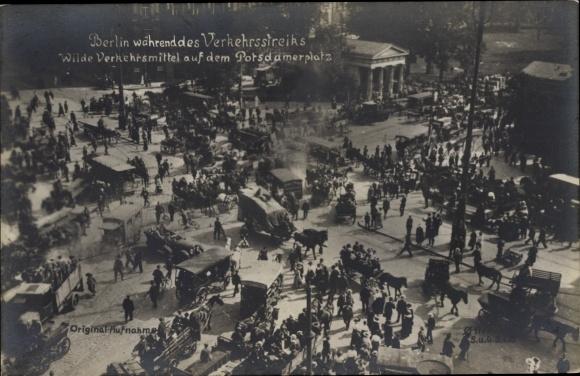

History of technology strives to explain how different drivers give rise to similar interests, how those interests develop and how they fade away.
A photograph of Berlin traffic from 1923 illustrates these questions: Employees, businessmen, the jobless, couples, old people, young people, children and strollers all seem intent on reaching the big intersection at Potsdamer Platz. They use very different means of transportation. You see bicycles, carriages, cars, horse-drawn omnibuses, trolley cars and, if you look very carefully, perhaps a child’s wagon or a wheelchair. These are people on the move with very different agendas. Nonetheless, they share the hope that the traffic will not come to a standstill.
What assures the balance of individual movements, administrative control and sociotechnological organization? How much of that task could be delegated to a traffic light (installed in 1924), the police, the transport users and the different means of locomotion with their horns, brakes and bells? How much to city planning, public transport, electricity and gas works, and sanitation and security? How could both the square and the people be safeguarded before everything was about to be eclipsed by the parades of the 1930s, the bombings and house-to-house combat at the end of World War II and the “wasteland” created by the wall in 1961?
History of technology investigates technological developments that arise in specific historical contexts. These developments are perceived by social groups or entire societies as a means of social change and ultimately find use or are forgotten. The questions that history of technology poses derive from the technological and social change that are a product of contemporary orientation and thinking; current historiographical methods provide the tools for answering these questions.
Thematically, history of technology deals with a wide array of historical objects of investigation. Communication networks, data streams, software programs and search engines are the most recent. But history of technology is also concerned with production processes, mass media, modern and late-modern organizational technologies, surveillance and control. The aim of history of technology is to understand how technological developments are appraised, who does the appraising and what social changes accompany them.
By creatively and critically interrogating the past, students gain unexpected insights and significantly increase the robustness of their knowledge.